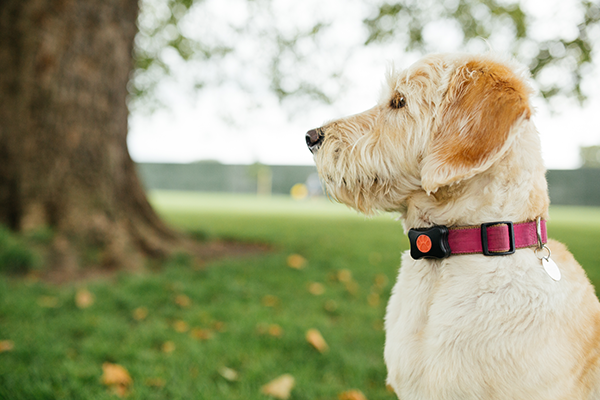With the huge adoption of wearables amongst humans, it was inevitable they would extend to our pets. After all, look at clothes. Whatever your views on it, there are more clothes for dogs than ever before. PetTech is now big business and the pet wearable market is predicted to reach $2.36 bn by 2022.

This is not only driven by increasing awareness of pet health and fitness but also the constant desire to make our lives easier using smart devices. So much of our lives are now controlled via a series of apps on our smartphones. We use them to monitor our own wellbeing so why not that of our best friend? We’re becoming obsessed with data about our sleeping, eating and exercising habits and now want data about our dogs too.
But like a wearable for humans, it’s crucial to know what to do when you’ve collected all this data. The PitPat dog activity monitor which was seen on the recent BBC programme Me and My Dog, not only monitors a dog’s activity but also gives guidelines and tips enabling the owner to make use of the data for the benefit of their dog’s health. Unfortunately, there’s a lot of dog owners out there who need this help. Pet obesity is at a record high and a recent study found the average dog in the UK now weighs 22% more than it’s ideal weight. As with humans, pet obesity can reduce life expectancy and cause illnesses such as diabetes, arthritis and heart disease.
Like the human wearable, a pet wearable can help by telling you how much activity you do – which in reality is often telling you how much you don’t do and thus spurring you on to do more. The data won’t lie and will clearly show if your dog needs more exercise. On the other hand, if your dog does a lot of exercise they’ll show useful data. How many people in the recent London Marathon did their training with their dog at their side?
However, PetTech isn’t just about monitoring your dog’s wellbeing, there are also apps to control food dispensers, surveillance cameras to watch your pet’s movements, search for a dog walker and even monitor the walk in real time to ensure your dog is getting the activity you’re paying for.
Wearables for cats seems to have its own challenges. Whilst there are wearables out there to monitor a cat’s health and location, activity is another thing. If I had a wearable tracking my cat’s activity, I’d think it had broken. But no, it’s just that my cat never moves off the sofa!
It’ll be interesting to see where PetTech goes next. My guess is that it’ll follow human wearables and move into MedTech. Will we soon have PetMedTech? Wherever it goes, the key is to help with the pet’s wellbeing, be that sorting out your dog walker so your dog gets the exercise it needs or monitoring your dog’s health whilst he’s joining you on your own training. One thing is certain though, however good and effective PetTech is, it’ll never be a substitute for human companionship. It must be used to complement not replace it.
